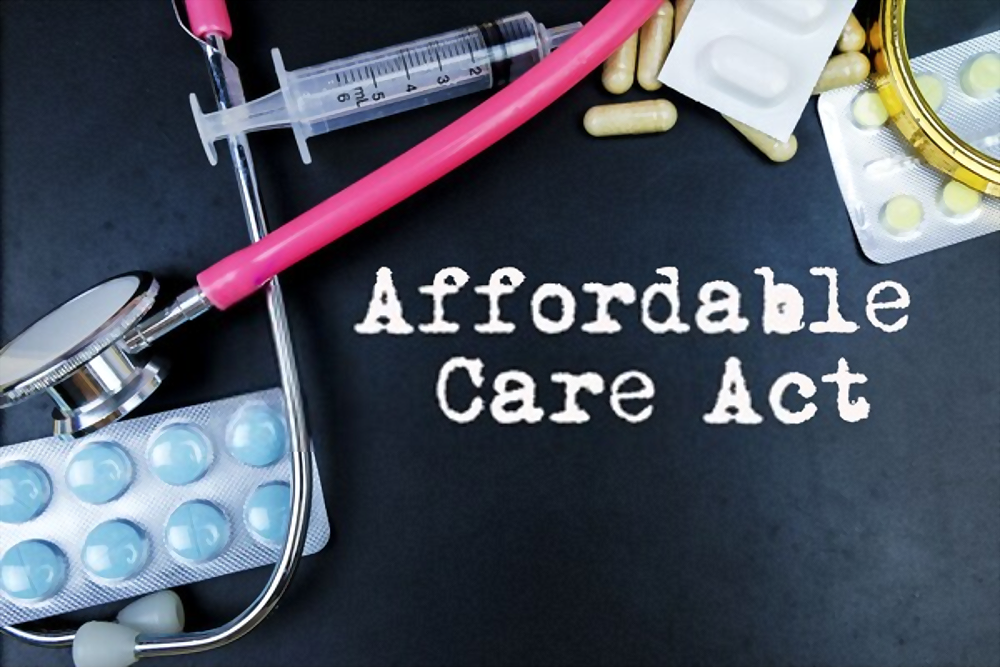America’s system of health care safety nets is an inadequate, balkanized, inefficient, unfair, unsustainable monstrosity. And that’s on a good day. Its two main components—Medicaid/CHIP for the poor and Medicare for the elderly and disabled—spend nearly a trillion dollars annually to cover 110 million people. And both are growing like topsy. In tandem with the equally doomed employer health insurance system, the safety net feeds an insatiable appetite for overpriced, often-inferior medical care that is bringing the entire system to the brink of insolvency. And the Affordable Care Act (ACA) promises to make it worse by adding yet another 15 million underfunded Medicaid enrollees and by creating a new subsidy entitlement for families making up to $88,000 a year—arguably creating our first-ever middle-class welfare program that, according to James Capretta, brings “middle-class Americans into permanent dependence on the federal government for their health care.”
Correcting the Basic Problem
There are two fundamental flaws in our health care safety-net. They’re the same ones I’ve discussed afflicting employer-based insurance: (1) defined-benefit coverage that feeds unlimited spending, and (2) third-party functionaries, rather than consumers, making the key decisions about coverage, quality, cost, and access. Any attempt to fix the safety net without correcting these faults will fail.
The solution lies in reforming our chaotic government-aid system within an overarching strategy that sustainably meets the medical requirements of the aged, poor, and disabled while reinforcing the sorely needed changes to ACA that I’ve proposed in Parts 1-4. Implementing this strategy requires three actions. First, eliminate ACA’s exchange subsidies. Second, replace the employee health-benefit tax exemption with universal, tax-exempt Health Funding Accounts. And third, convert Medicare and Medicaid/CHIP to means-tested, defined-contribution, negotiable-credit programs with insurance-exchange access.
1. Eliminate direct exchange subsidies.
For the government to afford its new open-ended middle-class subsidy, it must necessarily restrict exchange access by large employers. If this restriction fails—as, in time, I suspect it may—then the exchanges will be overwhelmed by a flood of subsidy-entitled low- and middle-income workers who will drive the federal deficit irretrievably over a cliff. At the same time, excluding employers means sacrificing the universal access that is critical for the (improved) exchanges to deliver affordable medical care for everyone. Also, the administrative burden of managing the subsidies will contort the otherwise market-enabling exchanges into one of the most mind-bogglingly complex, expensive, and intrusive bureaucracies ever.
The solution is to get rid of the subsidy altogether and to replace it with uniform tax benefits for all Americans, augmented by new means-tested Medicaid/Medicare safety-net assistance for the elderly, the poor, and the disabled.
2. Replace the employee tax exclusion with universal Health Funding Accounts.
Current tax law heavily subsidizes employer-sponsored health insurance, but not individually purchased coverage. In creating the insurance exchanges, Congress missed a once-in-a-generation opportunity to correct this inequity. Instead, it opted to go with the deeply problematic subsidy program. In addition to eliminating the subsidy, it should replace the flawed employee health-benefit tax exemption with universal Health Funding Accounts (HFAs). These individually held savings accounts (similar, but superior to HSAs and HRAs) would be used by everyone—whether privately or safety-net funded—to buy their own insurance through the exchanges and to pay their out-of-pocket medical expenses.
HFA contributions—tax exempt up to reasonable limits—would be made by employers, safety-net agencies, and individuals. Unspent balances would be allowed to accumulate without limitation. Not only would HFAs provide long-needed tax fairness, but they would give their owners—regardless of social or economic status—the control of all their health care dollars to demand affordable, high-quality health care.
3. Convert Medicaid, CHIP, and Medicare to defined contribution.
Federal and state governments should never have gone into the defined-benefit health insurance business. It’s been a financial disaster. The solution is to ease them out of that role and to give them the more limited, but equally critical one of providing variable, means-tested funding to those unable to afford their needed medical care. That means providing negotiable credits to fund recipients’ HFAs for participation in the same insurance exchanges and medical care markets as everyone else.
I’ve described in Part 3 how a simplified, expanded version of ACA’s insurance exchanges will enable consumers to vote with their dollars to demand—and receive—high quality, affordable health insurance and medical services, ultimately at a fraction of today’s costs. This same mechanism can also provide an effective and certainly more efficient means of achieving the same benefits for safety-net beneficiaries, even though some will require special assistance to properly utilize their benefits.
In switching from defined medical benefits to defined financial contributions, Medicare and Medicaid/CHIP would stop paying medical providers and start funding their beneficiaries’ HFAs. By varying the negotiable credit amounts according to means-tested sliding scales, we would more fairly recognize individual differences in financial need while providing strong work and education incentives for the poor. We tend to stereotype poverty as a permanent condition, but many people (like me) who were once in the lowest income decile have since worked their way to self sufficiency and beyond. We should encourage this by ending “cliff-effect” Medicaid coverage in favor of gradually feathering out benefits as recipients move up the income scale—and with mainstream HFA tax benefits simultaneously feathering in.
A Permanent Fix
These reforms to America’s health care safety net system will eliminate provider discrimination against safety-net beneficiaries, open the power of insurance exchanges to all, encourage people to work their way out of poverty, end the pseudo-tax of provider cost shifting, and help bring down costs to make our safety nets permanently sustainable. This strategy recognizes the necessary limits to federal largesse while fully honoring our moral commitment to those who have been temporarily or permanently laid low by age, poverty , or disability. It is a civilized, humane, and responsible thing to do.

